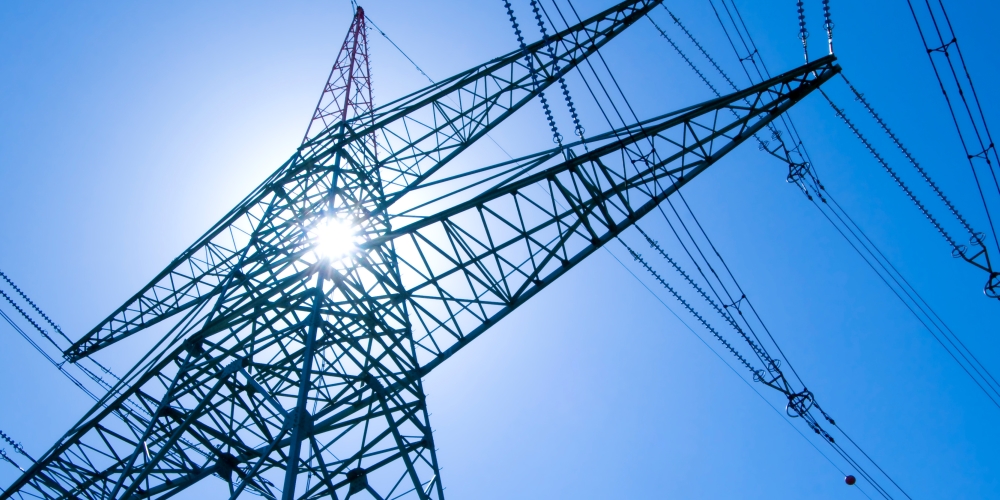

Longstanding efforts by Oman’s power distribution companies to cut ‘system losses’ across the country’s main grid have resulted in savings aggregating RO 794 million since 2004 when the sector was the subject of a landmark restructuring programme.
System losses refer to, among other factors, transmission and distribution losses – the dissipation of energy as heat when electricity travels long distances from their point of generation to the point of consumption. Other technical and non-technical factors are also to blame. If unaddressed, they hike up the cost of electricity supply and distribution, besides contributing to economic losses to the country.
In 2004 – a key milestone in Oman’s transition from a predominantly state-financed industry to one with a 100 percent privately-owned generational component – system losses accounted for a staggering 24.6 per cent of total electricity supply in the Main Interconnected System (MIS). The MIS covers much of the northern half of the Sultanate and accounts for 90 per cent of total electricity consumption.
Following incremental efforts to reduce system losses, mandated by the Authority for Electricity Regulation (AER), this percentage has been pared over the years. System losses were maintained at 8.4 per cent in the MIS in 2019, tracking the previous year’s level. In the Dhofar Power System, which covers Salalah and adjoining areas, the losses were pegged at 10.6 per cent (up from 9.3 per cent in 2018), while the Rural Areas Electricity Company (Tanweer), which supplies remote parts of the country, reported losses of 15.1 per cent last year (versus 11.7 per cent in 2018).
According to the Authority, reductions in system losses result in savings of approximately RO 9 per megawatt-hour (MWh) of electricity. In 2019 alone, the benefit accruing to the sector as a result was RO 47.7 million.
“In cumulative terms, the value of MIS’ reduced losses since 2004 is RO 344.2 million which, in present value terms and using a discount rate of 6 per cent, amounts to a total of RO 794 million. Note that these figures do not take into account any investment savings in the generation and network infrastructure, which would significantly increase the value of the reported losses reductions,” the regulator explained in its 2019 Annual Report published here last week.
Reductions in system losses contribute to considerable cost savings, the Authority explained. “Reductions in losses are a reflection of the restructuring done across the sector in 2005, the application of a clear incentive-based price control mechanism, and the constructive responses received from licensees. As losses approach long-term loss targets, the rate of improvement is expected to reduce, though the Authority assures further improvements can still be enacted,” it stated.
Oman Observer is now on the WhatsApp channel. Click here



